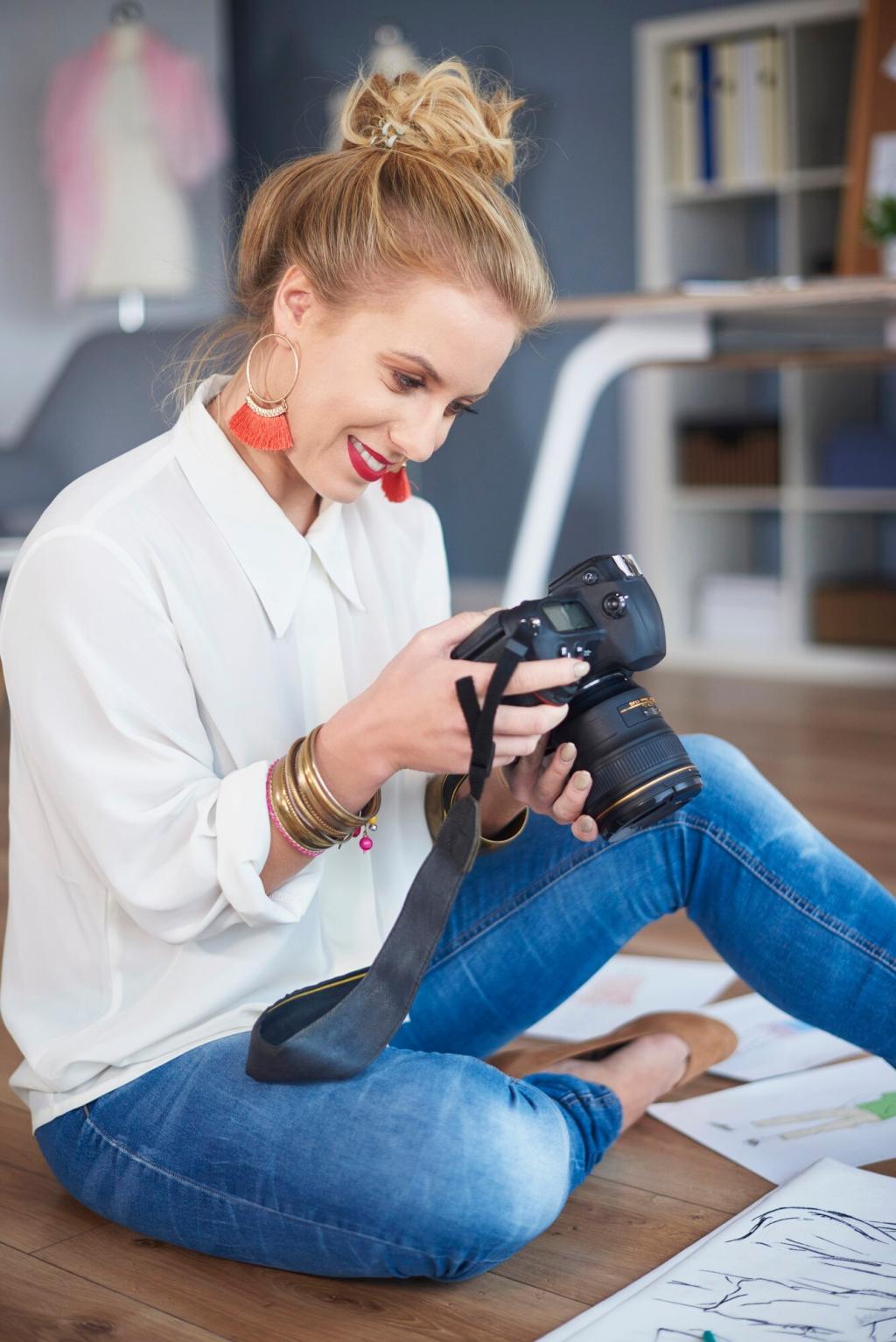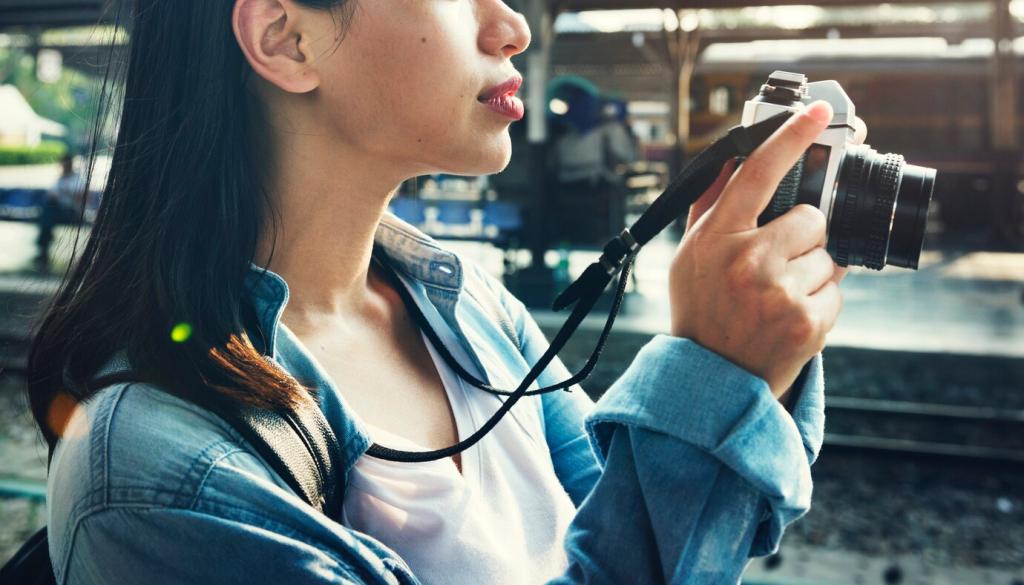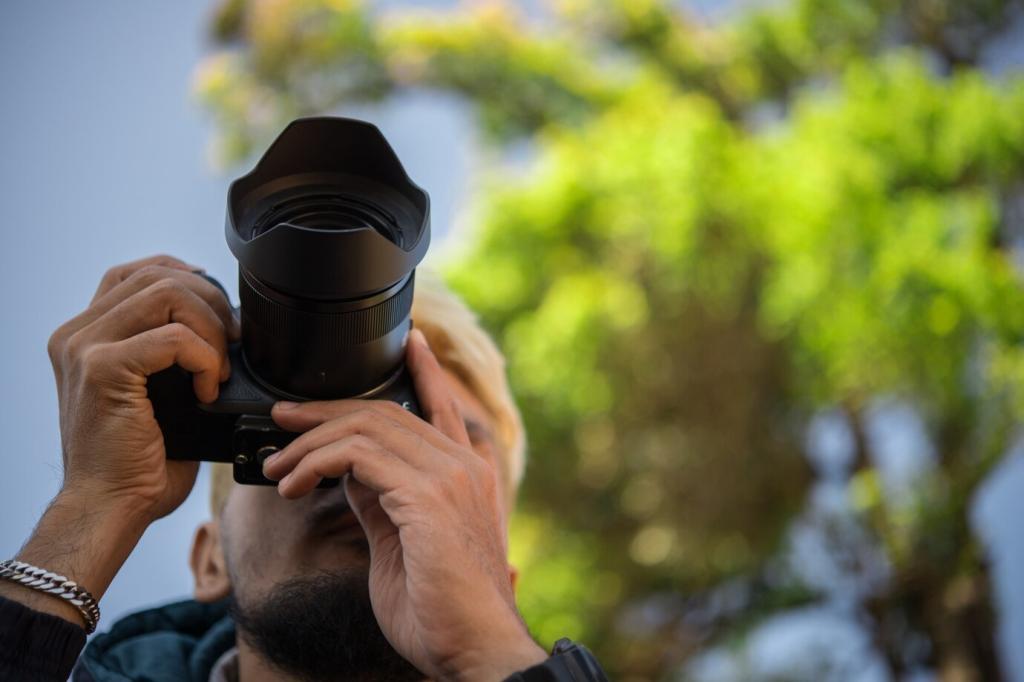Essential Smartphone Camera Settings for Perfect Photos
Capturing stunning photos with your smartphone is easier than ever, thanks to advanced camera technology and a range of customizable settings. However, understanding which settings to adjust can make all the difference between an average snapshot and a perfect photograph. Mastering basic and advanced camera controls allows you to unleash the full potential of your device, ensuring each shot is sharp, vibrant, and true to your creative vision.

Exposure compensation is a critical camera feature that allows you to adjust how much light reaches the sensor. By increasing or decreasing exposure, you can brighten up subjects in shadow or prevent highlights from becoming overexposed. Most smartphones enable exposure adjustment with simple touch controls, such as sliding your finger up or down on the screen after focusing. Knowing when and how to use this feature can transform tricky lighting situations, such as shooting against bright skies or inside dimly lit rooms, helping you achieve well-balanced photos under any circumstances.

ISO is the camera setting that determines how sensitive the sensor is to light. While automatic modes usually pick an ISO level for you, manually controlling ISO can prevent unwanted graininess (noise) and help retain image quality. Lower ISO values are ideal for bright environments or using a tripod, ensuring maximum clarity, while higher ISO levels are suitable for low-light situations to avoid blurry images caused by long exposures. Smartphones that offer manual or ‘Pro’ modes enable fine-tuning of ISO, empowering you to shoot confidently in challenging lighting without sacrificing detail.

Shutter speed dictates how long your camera’s sensor is exposed to light, affecting both brightness and motion blur in your images. Fast shutter speeds freeze rapid movement, perfect for action shots or pets in motion. Conversely, slower shutter speeds let in more light and can be creatively used to capture motion blur, such as flowing water or moving traffic at night. Some smartphones allow manual shutter speed adjustments, giving you greater artistic and technical control over every frame. Experimenting with different shutter speeds can bring a dynamic edge to your photography.
Utilizing Manual Focus
Manual focus puts control in your hands, allowing you to dictate exactly where sharpness falls within your frame. This is crucial for subjects that are off-center, or in macro photography when capturing close-up details of flowers, insects, or textures. Many smartphones, particularly those with ‘Pro’ or ‘Manual’ modes, offer focus sliders or peaking tools to assist precise adjustments. Leveraging manual focus ensures the key parts of your scene are perfectly clear, sharpening your creative vision and making your photos truly stand out.
Making Use of Focus Peaking
Focus peaking is a feature that highlights areas of the image that are in sharp focus, assisting you in achieving pinpoint accuracy. When enabled, it outlines focused regions—often in bright color—making it easy to identify when your subject is tack-sharp. This is invaluable for shooting portraits, still lifes, or any scenario where depth of field is critical. With focus peaking available in many Pro modes, you can confidently compose images knowing the most important details are crisp and clear.
Locking Focus for Consistency
Focus lock allows you to set the focus on your subject and prevent it from shifting if you recompose your shot or if there’s movement in the scene. On most smartphones, you can activate this feature by pressing and holding the focus area until you see an indicator. This is especially helpful when photographing unpredictable subjects, such as children or pets, or when shooting through glass or fences. By locking focus, you minimize the risk of accidental blur and maintain consistency across a series of shots.
Previous slide
Next slide

Choosing the Right White Balance Preset
Most smartphone cameras offer a series of white balance presets designed to compensate for various lighting conditions, such as daylight, cloudy, incandescent, and fluorescent. Selecting the appropriate preset ensures your photos’ color temperature matches the scene, reducing the need for post-processing. This adjustment is especially crucial for capturing skin tones accurately or photographing colorful subjects, where incorrect white balance can lead to unnatural hues. Experimenting with presets can quickly elevate the realism and mood of your images.

Customizing White Balance Manually
Beyond preset options, many smartphones now provide the ability to manually adjust white balance using a Kelvin scale. This lets you fine-tune temperatures for precise control over warm and cool tones, adapting to challenging light situations like sunsets, neon lights, or mixed lighting scenarios. Manual adjustments can help rescue tricky shots or allow you to deliberately stylize your photos with cool or warm effects. Mastering manual white balance gives you creative freedom to craft the perfect atmosphere for any scene.
